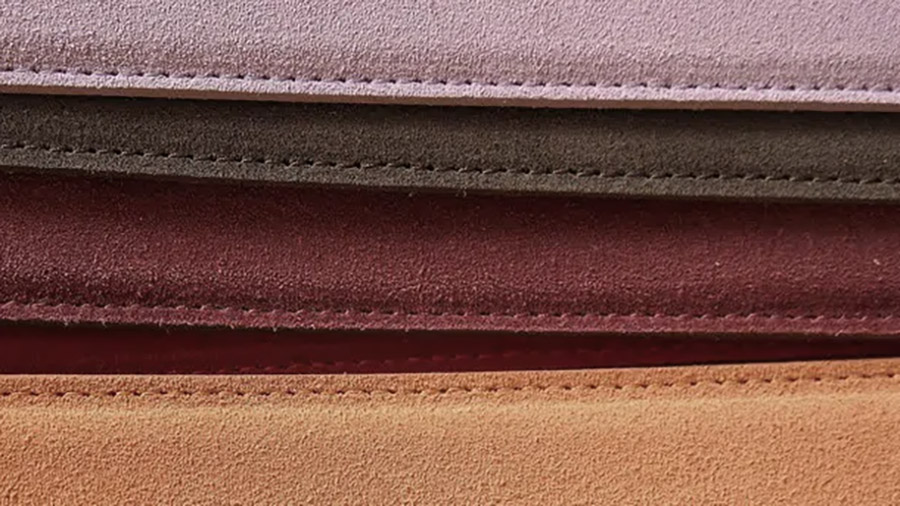In response to consumer interest in greater transparency from the fashion industry, Puma launched #KnowYourStuff, an educational content series that explores the conversation surrounding manufacturing goods with leather versus vegan leather and the environmental impact of each.
Puma created the series with input from Aishwarya Sharma, a Puma “Voices of a Re:Generation” and global goals ambassador.
 Puma defines #KnowYourStuff as “translating the complexities and progressions around using leather and its alternatives.” Over the next two weeks, the seven-episode series will be available to view on Puma’s YouTube and Sharma’s Instagram platforms.
Puma defines #KnowYourStuff as “translating the complexities and progressions around using leather and its alternatives.” Over the next two weeks, the seven-episode series will be available to view on Puma’s YouTube and Sharma’s Instagram platforms.
“By openly discussing the complexities of the materials used in our products, like leather and its alternatives, we hope to foster more informed and balanced conversation about sustainable clothing and footwear choices, which is essential for driving positive change,” said Anne-Laure Descours, chief sourcing officer at Puma. “The #KnowYourStuff series is a testament to our commitment to transparency and our promise made during our Conference of the People event to include the next generation in these important discussions.”
“My goal with #KnowYourStuff is to educate and empower my audience and young people worldwide,” said Sharma. “Sustainability can be complex, and the leather topic is embedded with sensitive themes, so I’ve taken care to make sure this is approached in an open and transparent way that inspires people to become informed about the materials they choose to wear.”
From visiting the Puma archive to seeing behind-the-scenes leather processing in Thailand, Sharma reports on her fact-finding mission, encouraging those watching #KnowYourStuff. Along her journey, Sharma navigates different perspectives regarding leather with guests, including leading Puma stakeholders and PETA (People for the Ethical Treatment of Animals). Conversations include animal welfare and using leather as a byproduct of the beef industry, cattle farming and concerns around deforestation, the leather tanning process, new material innovations, and industry challenges.
While Puma has a long history of using leather in its products, dating back to the 1950s, today, leather accounts for approximately 4 percent of its footwear materials. Puma’s 10For25 targets include sourcing 100 percent leather from certified sources and is working with third parties, including Leather Working Group, to ensure that it sources leather from certified tanneries. Puma also regularly consults with animal protection organizations to review its animal welfare policy and actions.
Image courtesy Puma











